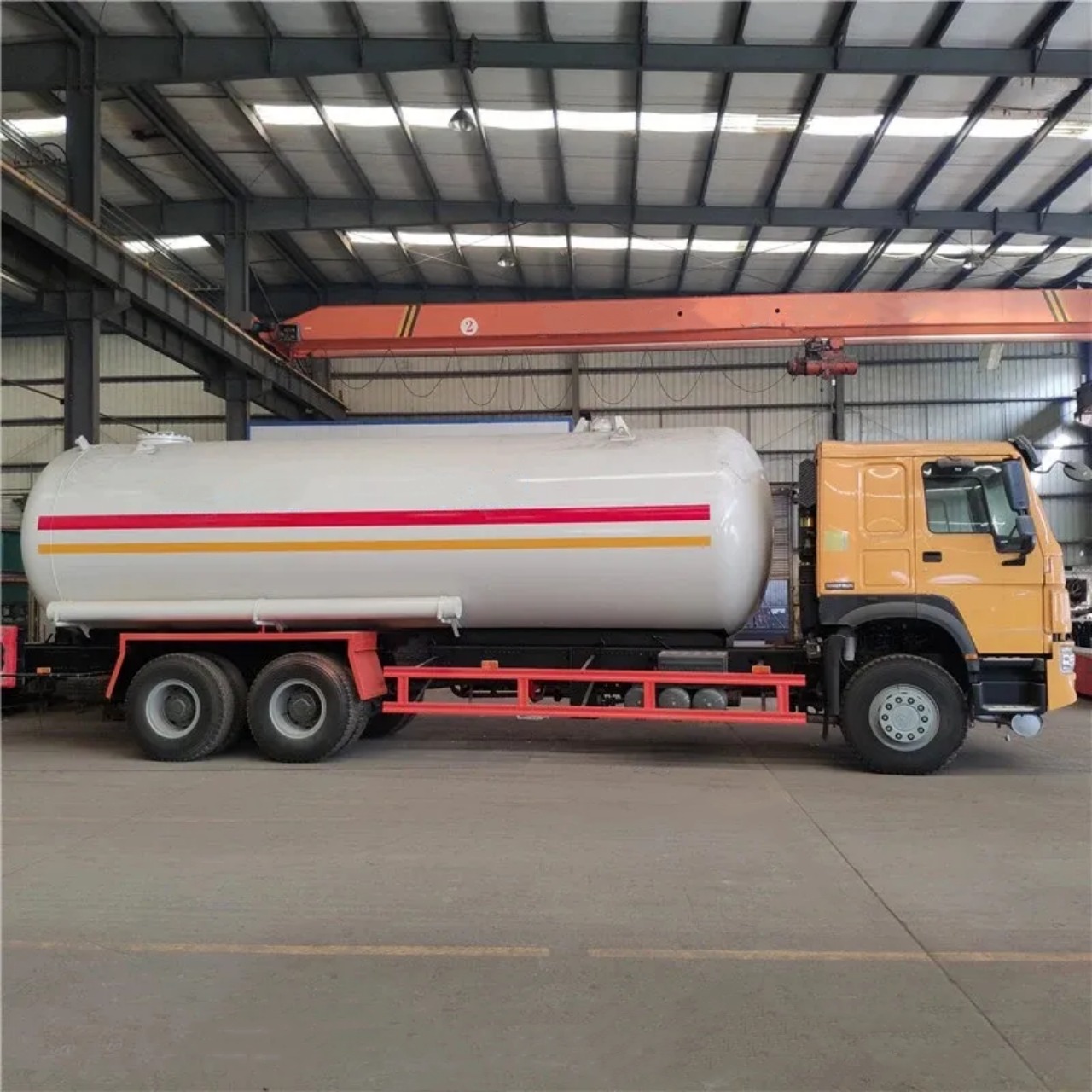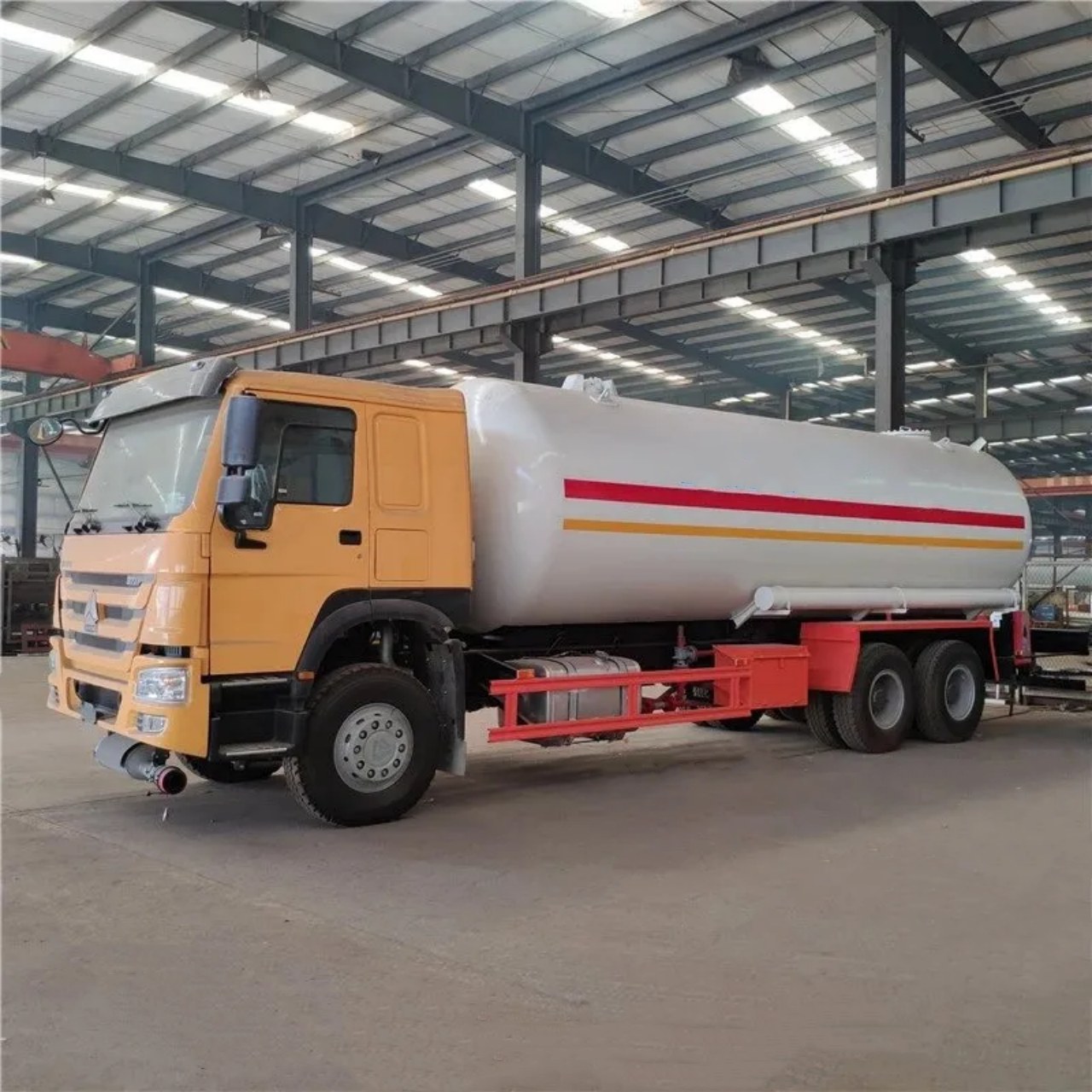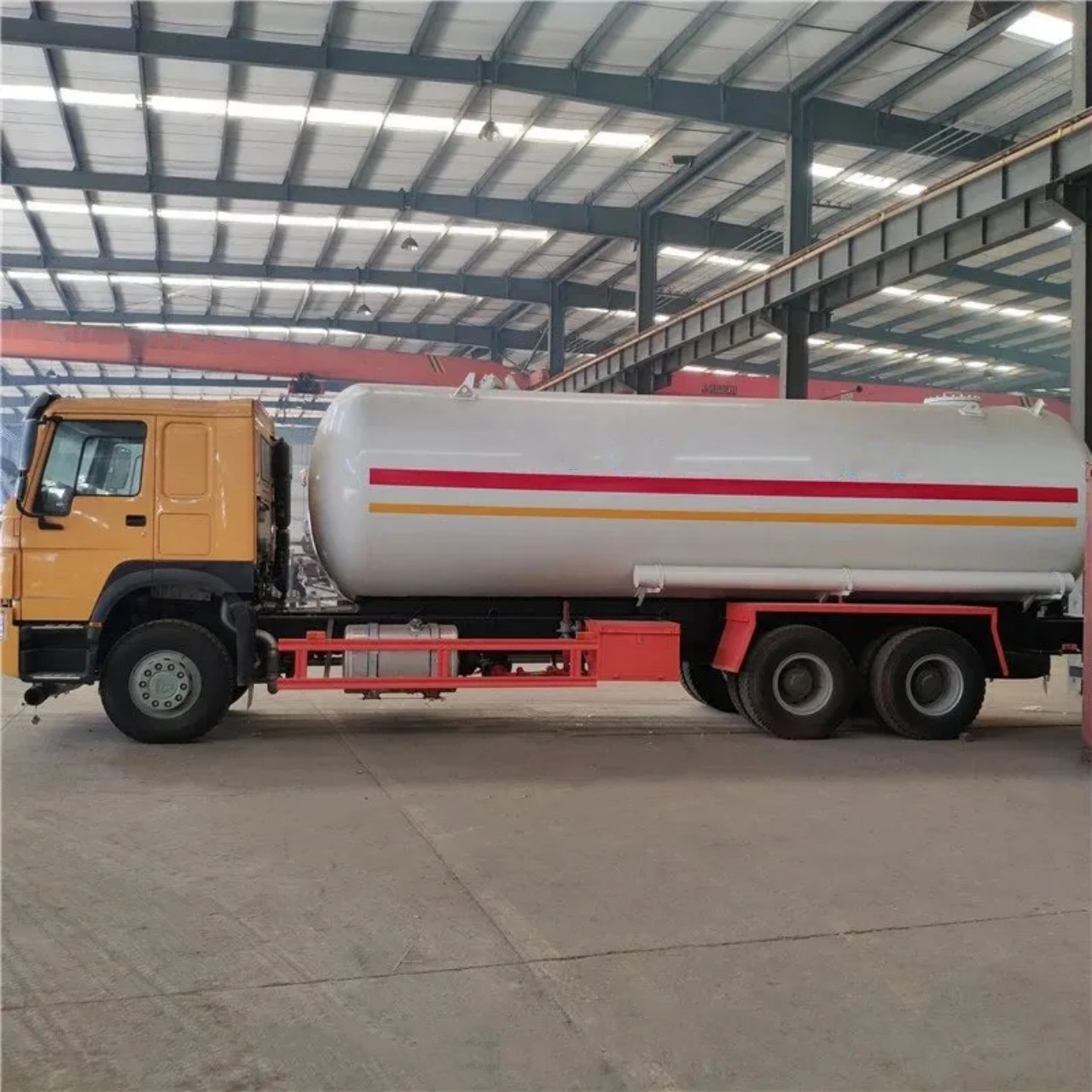Propane is a widely used fuel for heating, cooking, agricultural needs, and even as an alternative vehicle fuel. To meet this widespread demand, propane is transported across long distances and to remote areas using specialized vehicles known as propane trucks. One of the most common questions surrounding these trucks is: “How much propane does a propane truck hold?” The answer can vary depending on the type, size, and design of the truck, as well as regulatory restrictions. This article breaks down the details to give you a clearer understanding of propane truck capacities, the factors that influence these capacities, and how propane is safely transported.
What Is a Propane Truck?
A propane truck, often referred to as a bobtail truck in the propane industry, is a vehicle equipped with a pressurized tank specifically designed for transporting liquefied petroleum gas (LPG), particularly propane. These trucks are equipped with pumping and metering systems to deliver propane to homes, businesses, farms, and industrial locations.
There are also transport trucks—larger semi-truck and trailer combinations—used to carry propane in bulk to storage facilities or distributors. Each type of propane truck has different capacities based on its intended use.
Types of Propane Trucks and Their Capacities
1. Bobtail Propane Trucks
Bobtail trucks are the most common propane delivery vehicles and are designed for short-range distribution to end-users. Their capacities typically range from:
- 1,000 gallons (3,785 liters)
- 2,000 gallons (7,570 liters)
- 3,000 gallons (11,355 liters)
- Up to 5,000 gallons (18,927 liters) in some larger configurations
However, these figures represent the water capacity of the tank, not the amount of propane it can legally carry. Propane expands and contracts with temperature, so tanks are not filled to 100%. Most bobtail propane trucks are filled to around 80% of the tank’s total volume for safety. This is referred to as the “maximum allowable fill” or “safe fill level.”
For example:
- A 3,000-gallon bobtail truck can legally hold about 2,400 gallons of propane.
This buffer allows for the natural expansion of propane, which could otherwise cause over-pressurization and potential hazards.
2. Transport Propane Trucks (Semi-Trailers)
These are much larger vehicles used to haul propane over long distances. Their capacity can range from:
- 9,000 to 12,000 gallons (34,000 to 45,000 liters) water capacity
- Effective propane carrying capacity of 7,200 to 9,600 gallons (80% of total volume)
Transport trucks often carry propane from refineries or terminals to distribution hubs or large commercial users. Like bobtails, they adhere to the 80% fill rule.
Factors Influencing Propane Capacity
1. Tank Size and Configuration
Larger tanks can hold more propane, but the design (e.g., single vs. multiple compartments) and shape can also affect capacity. Cylindrical horizontal tanks are most common on propane trucks for stability and pressure containment.
2. Legal and Safety Regulations
Propane is a hazardous material, so propane trucks must comply with:
- DOT (U.S. Department of Transportation) or ADR (European Agreement concerning the International Carriage of Dangerous Goods by Road) standards
- NFPA 58 (Liquefied Petroleum Gas Code), which outlines safety guidelines for filling limits
- Local/state transport regulations, which may impose additional weight or volume restrictions
3. Temperature and Pressure Considerations
Propane expands significantly with heat. This is why propane is stored as a liquid under pressure and why trucks are filled to only 80%. Seasonal temperature changes also impact the amount of propane that can be safely loaded and delivered.
4. Truck Gross Vehicle Weight Rating (GVWR)
The GVWR is the maximum operating weight of a vehicle, including its chassis, body, engine, fuel, driver, cargo, and passengers. Heavier loads require more powerful trucks and better braking systems. Even if a tank can hold 3,000 gallons, if the filled weight exceeds the GVWR, it cannot be legally or safely driven.
Propane Weight vs. Volume
Understanding propane in weight terms is important for transport safety. Propane weighs about 4.24 pounds per gallon at 60°F (15.6°C).
So, a 3,000-gallon bobtail truck filled to 80% can carry:
- 2,400 gallons × 4.24 lbs = 10,176 lbs of propane
- This is approximately 4,615 kg
That’s a significant load, which is why these trucks are built on heavy-duty chassis platforms with reinforced axles and braking systems.
Design Features of Propane Trucks
To safely handle their volatile cargo, propane trucks are equipped with:
- ASME-certified pressure vessels
- Emergency shut-off valves (ESVs)
- Remote control systems
- Vapor recovery systems
- Metering and delivery hoses
- Safety placards and hazard labels
Additionally, bobtail trucks usually include onboard metering systems and delivery hoses up to 100 feet long for precise delivery into customer tanks.
Common Manufacturers and Truck Specs
Some popular propane truck manufacturers and body builders include:
- Westmor Industries
- Lynx Industries
- Arrow Tank and Engineering
- Curry Supply
- Brenner Tank
These companies offer customizable propane truck solutions with tank sizes ranging from 1,000 to over 5,000 gallons, built on chassis from major truck brands like Freightliner, Kenworth, Peterbilt, or International.
Real-World Example
A 4,000-gallon propane truck (water capacity) operating in a cold northern climate might carry:
- 80% fill = 3,200 gallons of propane
- Weight = 3,200 × 4.24 = 13,568 lbs of propane
- GVWR for such a truck could exceed 60,000 lbs, including truck weight and equipment
In contrast, a smaller 2,000-gallon bobtail might be used for residential or small commercial deliveries in tight urban areas, providing more agility at the cost of capacity.
Conclusion
So, how much propane does a propane truck hold? The answer depends on the truck type, tank size, legal restrictions, and safety factors. On average:
- Bobtail trucks carry between 1,600 to 4,000 gallons of propane (80% of tank size)
- Transport trucks can carry 7,000 to 9,600 gallons of propane
These limits ensure the safe, efficient, and regulated delivery of this vital energy source. Understanding the capacity of propane trucks helps distributors, regulators, and customers plan effectively, ensuring a steady and safe supply of fuel where it’s needed most.






